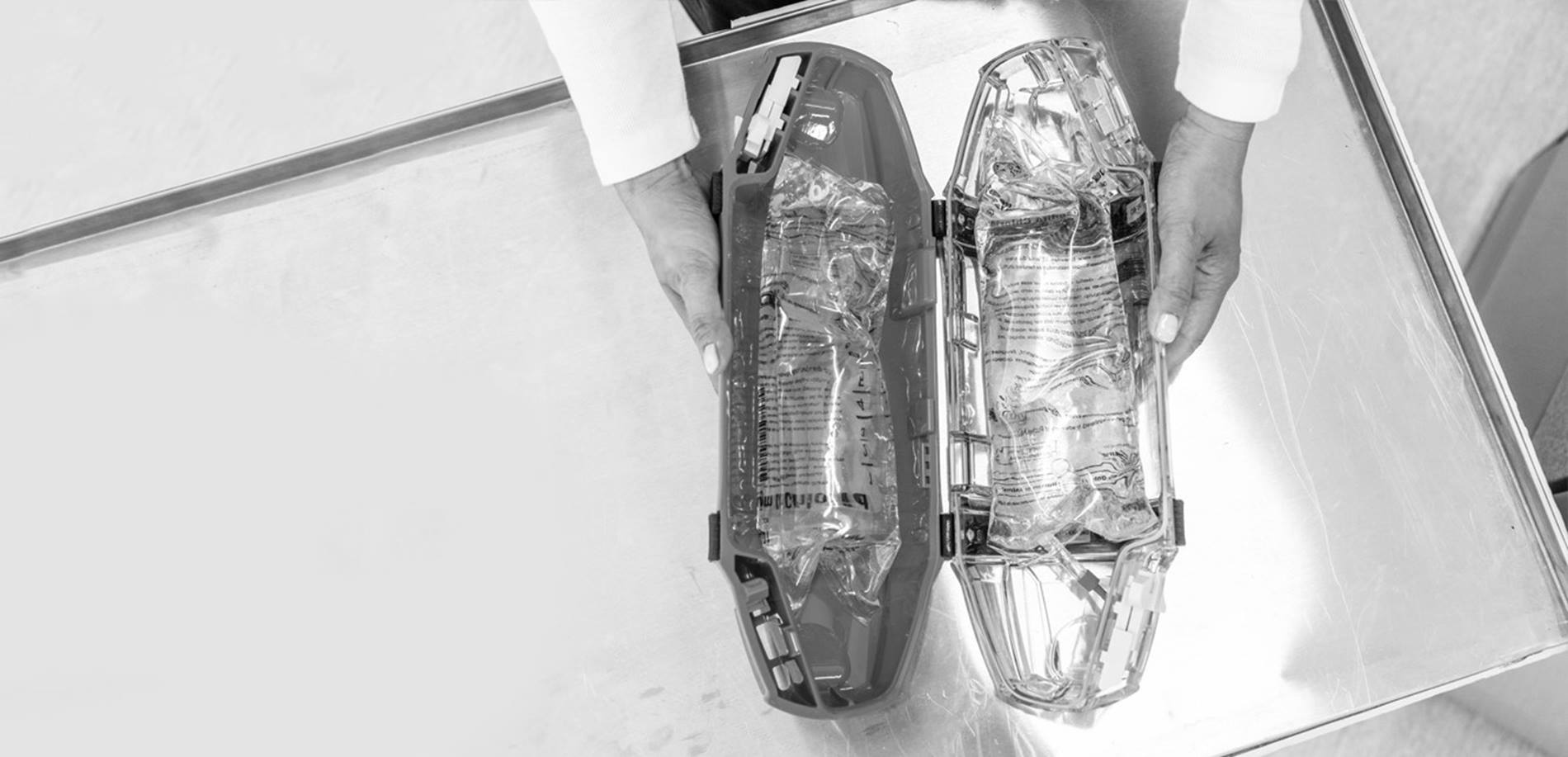
- ...
- TransLogic Blog
- The Hospital Tube System & Pharmacy Workflow
The Hospital Tube System & Pharmacy Workflow
The Pneumatic Tube System Connects the Internal Supply Chain
Reading Time: 3 min.
Jeff Erbert | 9/27/2023
The Hospital Tube System Connects it All
In the fast-paced world of healthcare, every second can make a difference. To stay cost-efficient and dedicated to patients, large health organizations work tirelessly to improve their workflows at all levels and across all departments.
Often, these investments in improving pharmacy workflow result in positive ROI, better patient outcomes, and improved operational efficiency and flexibility that don’t just help things run smoother – they help the hospital weather unprecedented events like pandemics, natural disasters, or even an explosive growth in competition.
Connecting all of the dots in this symphony of care-critical logistics is the tried-and-true pneumatic tube system. From the central pharmacy to the cross-campus lab, to the emergency department, the pneumatic tube system is the circulatory system of the hospital that connects the various department workflows and system automations throughout the facility.
How Tube Systems Change Workflow Design
The pneumatic tube system has long been a backbone of the hospital workflow. Yet, as health systems become larger and more complex, they play an even bigger role in how the entire organization operates.
An example of this would be in a consolidated service center (CSC) or centralized pharmacy. Much like a large warehouse, which then distributes goods accordingly, the centralized pharmacy model depends on having a automated transport infrastructure that’s efficient, reliable, and secure.
A modern tube system, complete with RFID tracking and stations that allow a user to make multiple transactions at once, means that centralized pharmacies can be planned – and in some cases influence the entire design of the workflow.
Why The Tube System Effects Efficiency Across the Board
Perhaps the most obvious workflows that depend on the tube system are the emergency department, the lab, and the pharmacy.
However, when the tube system is coupled with other automation solutions in these departments the modern tube system amplifies efficiency across these workflows and across the hospital. Essentially, automation can alleviate the need for menial human tasks, freeing clinicians and healthcare workers to focus on important patient care.
For example, the Swisslog Healthcare PillPick® can pick, package, store, and dispense medication at a rate much quicker than a technician using a drug carousel. Now add the additional transport automation efficiency realized with a TransLogic pneumatic tube system.
If all of the medications which were picked and packaged by the PillPick were delivered by a human courier, the total time savings of an automated solutions would be less impactful. In fact, the pneumatic tube system allows medications to reach their intended hospital department five times faster.
This symbiotic relationship between automation and pneumatic tube system transport creates a serious cost-saving advantage that helps patients receive faster, more accurate, more secure, care.

Specialized Tube System Build Outs Improve Process
Luckily, a tube system built with special considerations, can be engineered to allow the safe, secure, transport of these specimens – which are sometimes analyzed in a separate building across the health campus.
As a result, the lab can receive the specimens sooner and tailor their workflow around this timely delivery, all with much lower liability and hazard risk to others in the hospital.
Improved Safety, Accuracy, and Efficiency Within Healthcare Institutions
Without automated processes in place, the hospital can become a dangerous place for immunocompromised patients and others susceptible to infection. This is why health systems go to great lengths to ensure best practice hygiene standards are followed.
These standards, which vary by health system, regularly include the use of a pneumatic tube system. Not only does the tube system limit exposure to potential biohazards, but it helps to reduce some manual cleaning liabilities.
Likewise, many pharmaceuticals are controlled substances that require close monitoring. Should they fall into the wrong hands, the hospital could face severe legal penalties. By using a modern tube system, hospitals can transport prescription drugs and closely monitor the transaction all with the help of technology.
Transport automation, then, is valuable for tracking purposes, drives operational efficiency, and removes mundane tasks that providers might otherwise be held responsible for.
Talk to our experts
Contact our knowledgeable specialists to discover how our range of automation solutions can boost efficiency, reduce costs and enhance care at your healthcare facility.
Contact us